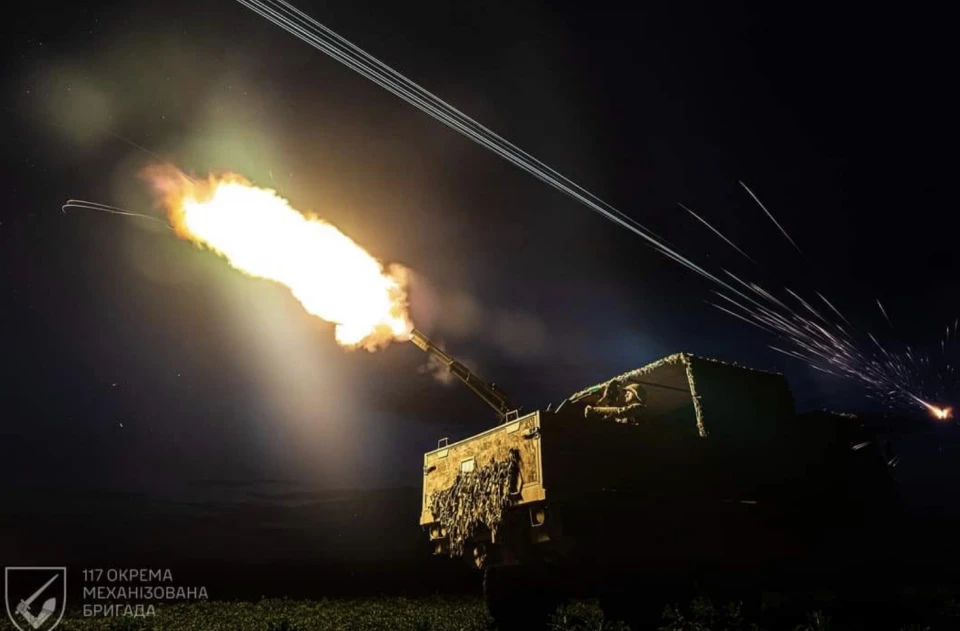
Russia alters tactics of drone attacks to make “corridors” in Ukraine's air defense
Russia is changing its tactics for using long-range 'kamikaze' drones like the Shahed-136 to make attacks more effective. Recent strikes show a few new strategies
As reported by Defense Express, one key change is the use of many decoy targets in multiple waves. The first wave has a high number of decoy drones, including foam Gerber drones and other cheap UAVs with Luneberg lenses. These drones fly at low altitudes and circle around a specific area.
Because they fly at low altitudes, these drones are hard for radar to track, making them appear and disappear on screens. This causes mobile fire teams to be sent to the area.
According to Defense Express, in the second wave of attacks, the number of decoy drones is closer to that of the real ones. However, the third wave has very few decoys and mostly consists of armed drones. This strategy aims to confuse our forces, stretch our defenses, and create gaps in the Ukrainian air defense system.

Photo:
Defense Express notes that the mix of real Shahed-136 drones and decoys can change in each wave. Initially, when Russia began using Iranian missiles, there was a belief that the Shaheds were primarily distractions from more serious threats.
The Shahed-136 drones can fly for over 8.5 hours and have a range of 2,000 kilometers. Videos show that the enemy launches these drones at low altitudes, the publication reads.
According to reports from the Air Force Command, this tactic isn’t surprising. For instance, during the attack on the night of October 22, there were 60 Shahed and unidentified drones involved. Of those, 42 were shot down, 10 were lost, 3 returned to Russia, 1 flew to Belarus, and 1 was still in the air as of 9 a.m. This means that out of 60 drones, 57 did not cause any damage.
- On October 21, Russia launched an attack on Ukraine using UAVs, bombs, and missiles. Thirteen people were injured in Kharkiv, with more attacks targeting Kyiv and Kryvyi Rih.
- News















































